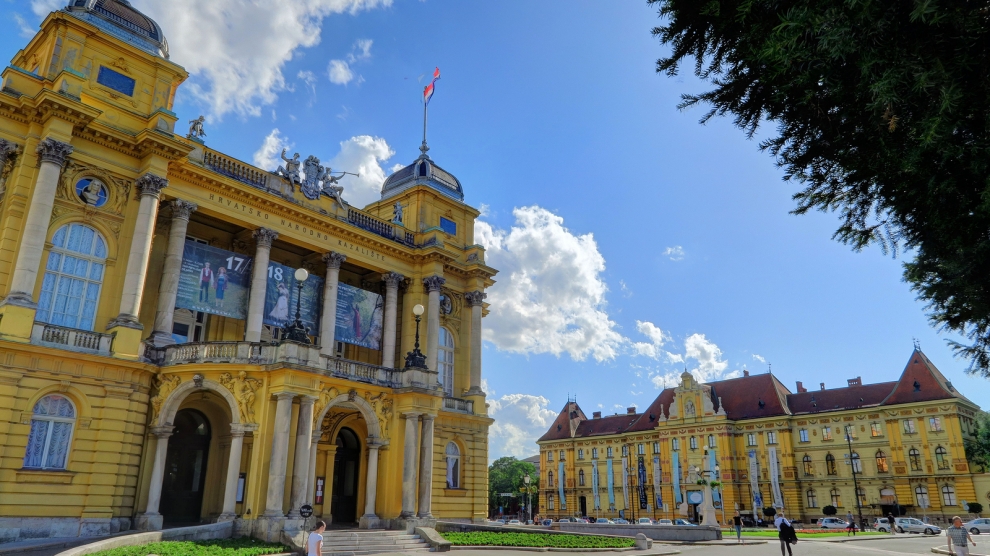Croatia’s government adopted a National Reform Programme for 2018 on April 26, as well as a three-year convergence plan with three main goals: boosting the competitiveness of the national economy, better connecting the education system with the labour market, and sustainable public finances.
“The reform plan is the right framework and now is the time to launch structural reforms,” said Prime Minister Andrej Plenkovic. “These goals are based on the government’s political platform and are in line with the recommendations made in the European Commission’s reports. We want this document to trigger many reforms in 2018 and in the first half of 2019.”
The National Reform Programme is designed to ensure growth, employment and better living standards remain the government’s priorities. It projects Croatia’s growth in 2018 at 2.8 per cent, and 2.7 per cent in 2019, while a growth rate of 2.5 per cent is expected for 2020 and 2021. Regarding public debt, the government is set to cut the debt-to-GDP ratio to 66 per cent by the end of its term, while the original ratio was at 75 per cent.
These activities are part of the process of mandatory reporting and adjustment of EU member countries’ fiscal policies to the jointly defined goals and regulations of the EU. The government must send the National Reform Programme to the European Commission by the end of April.
The transport sector will also benefit, as major renovations are expected both for roads and airports.
“I expect yet another tourist season with excellent results, which will certainly provide additional impetus for the economy,” Prime Minister Plenkovic said, while regulations on the maritime domain and land for tourism purposes are being drafted.
The National Reform Programme also envisages a reform of the state administration, aiming to de-politise the state administration as well as regulation of government employees’ salaries.






Add Comment